|
Today, I was invited to be part of an extraordinary experience at Forbush High School in Yadkin County Schools. The event involved the culmination of a unit long thematic study of the book “A Long Walk to Water” by Linda Sue Park. This novel had been read and studied by most students in the 10th grade English II classes taught by Becky Dorman and Lori Cave. I was told that each of these teachers were amazing educators and they definitely lived up to that. The two had planned a thematic unit to expose their students to the experience of other young people in Africa centered around their constant need for access to clean drinking water. I found the fact that a duo of teachers at the high school level worked so closely and collaboratively to ensure that their students had exposure to global perspectives that appear to be very far removed from their own experiences to be extraordinary as I know the challenges associated with teachers planning together.
When we walked into the gymnasium where the event was held, the group was orderly and waiting to begin. There were several tables set up in the center of the gymnasium where certain groups with a connection to the theme of the book were present. One group was the local YMCA who had coordinated activities to allow the students to determine how much energy and calories are required for young people to spend eight hours a day walking to collect fresh drinking water. They also included a nutrition connection. Another group present was the Boy Scouts who provided survival tips and advice for living in comparable environments similar to those present in the novel. There were several groups present who also helped with water filtration and related areas. These educators had spent time really thinking about how to create a culminating experience that would be memorable and impactful to students. The highlight of the event involved students walking around the gym with both empty and full jugs of water. All students were asked to complete one lap around the gym with both the empty and full jugs of water. The students were challenged, if they wanted, to walk a full mile with both the empty and full jugs of water around the gym. I was impressed by how many students willingly opted to walk the full mile with both types of jugs. They truly sought to enhance their understanding of what it is like to have to walk several miles to collect fresh water. Students were also given a “passport” to ensure that they completed all activities; those who completed all activities could submit their “passport” to enter the drawing for some spectacular door prizes. These activities were definitely an incredible experience for students. But the educators pushed their students to go further and they did. They challenged them to truly move from simply being knowledgeable to creating an impact through collecting donations. The school had a goal of collecting at least $1000. This amount would allow for a permanent well to be drilled and constructed in a village in South Sudan, which experiences some of the most challenging access to clean drinking water in the world. As we were leaving the event, we were informed by the teachers that they had exceeded their goal. Any additional funds will go to support the construction of a school as well. During the event, the group heard from Purity who grew up in Kenya. She had created an organization that works to respond to many of the needs that individuals in East Africa are faced with including access to clean drinking water and food insecurity. She shared her personal story of growing up in Kenya and the challenges that her family faced as they fought for freedom from colonialism. Her personal story helped many of the students to develop empathy and understanding of individuals half way across the world. As a result of this event, these students in Yadkin County now had a connection and understanding to individuals across the world. This experience allows their students to expand their world view in a way that will forever benefit them. I had the opportunity to speak with two outstanding students: Yorland and Chloe. Yorland shared that he enjoyed reading the book. He also stated that although he was aware of the issues associated with access to clean water for many around the world, he now fully understood the challenges that they face with water scarcity. He mentioned that he was happy to know that the work that they had done in class and the donations that they collected would make a difference for those individuals. Chloe told me that she never realized how much of a struggle that access to clean drinking water was for so many around the world. She said that reading this book helped a lot and she developed more empathy for those individuals impacted by this issue. She also realized that there is much that she takes for granted each day and she will be more aware of what she takes for granted. Seeing the synergy created through the effective and well executed planning of these two teachers and the difference that it made in the lives of their students left me speechless. I thought about what the students experienced and learned. At the heart of this is these students learned how to grow their own empathy for individuals that they may never meet. They also began to realize that the world is much larger than just Yadkin County. They also develop an appreciation for what they have. As someone who taught sophomores for over 15 years, I can attest that any learning experiences that results in students realizing that the world is much larger than their immediate surroundings while growing empathy for others is a challenging task for sure. Fortunately these students met and exceeded these challenges for sure. Someone shared with me that Yadkin County is “an amazing place where we care about each other.” They definitely lived up to this mantra today. My hope is that this event will help encourage additional collaboration among teachers throughout the school as they can begin to realize that their students are eager for experiences that prepare them for life after high school. These students learned much more than can be measured on a standardized test. The lessons that these students learned will carry though their life and the educators and school are to be commended for truly making decisions that are the best for their students. And yes, Yadkin County is an amazing place where people care so much for each other, even those around the world that they may never meet. If you would like to help with the fundraising efforts, please mail a check to Forbush High School to the attention of either Becky Dorman or Lori Cave. They would love to have your support to make a difference in South Sudan.
0 Comments
 I have just returned from FETC 2022 this weekend and let me say “It was awesome to be back in person.” After two years of virtual and cancelled conferences, I loved being face to face and learning directly from others. I also want to acknowledge Jen Womble (@jenwomble) and her incredible team who worked tirelessly to organize an outstanding conference. Many other attendees also commented how much they enjoyed FETC. The impact of this year’s conference will benefit many of our schools, educators, and students. The conference opened up with a stellar keynote from Shawn Achor (@shawnachor). Shawn is the author of several books with the most recent one being “Big Potential: How Transforming the Pursuit of Success Raises Our Achievement, Happiness, and Well-Being.” Prior to FETC, I had not heard of Shawn but his opening keynote was just want I needed to hear. Shawn focuses on the power of positive thinking and shared much research related to how happiness is a social endeavor that leads to success. While I am still processing much of what he shared and I have his book on my next to read list, I enjoyed his thoughts tremendously. Some of my key takeaways included this idea he called “the cult of average.” He indicated that we, often, accept the idea that we want to be average and it causes us to stop believing happiness is possible. He cited that example that schools (and other organizations) often tailor classes and trainings to average. He insightfully indicated that if we “study what is average, then we stay average.” He discussed how this idea of “the cult of average” eliminates the outliers or “weirdos-” those who fall outside of the average paradigm. He stressed that these outliers are good as they break the “tyranny of genes and environments” to become more positive. He indicated that statisticians often look for ways to exclude outliers since they cause data to be less relational and causes more questions to be asked. Shawn also shared that we can change our mindsets to create a more positive, engaged brain which he stressed is the “best asset for the modern economy.” One thing that really resonated with me is that we experience joy when we move to live into our potential. That was powerful. When I think about moments in my life when I experienced joy, they definitely connected to opportunities where I could grow into my potential and being challenged to grow. He stressed that we need a interconnected approach to happiness. He said that we have a myth that “we believe that if we worked hard, we will be more happy. We tell ourselves that we will be happy when …”. Shawn stressed we must consider how we pursue happiness. He reminded us that success is a moving target and then when we experience success, the bar for the next success is raised. He shared that “productivity rises when the brain is more positive.” If this is true, then employers should be working to ensure that their employees experience the conditions necessary for brain positivity. He reminded us that we need to prioritize creating happiness first as this will help us deal with and process negatives. We must see happiness as a precursor to success. Happiness is a collaborative effort between individuals. Collectively we create better outcomes for all when we all pull together. A few months, we hosted a statewide face to face conference and I along with several members of our team were tasked with problem solving and filling in where needed to ensure that the conference was a success. As I think about the challenges that we faced internally, I know that the collaboration played a tremendous role in ensuring that the conference ended up being successful. However, we could not have been as a successful without believing that we could do this and supporting each other. We had a shared vision and helped to pull each other up when discouraged. Shawn indicated that research shows the greatest predictor of happiness is tied to our social connections. By having an entire system of individuals like we did for the conference, we created better outcomes for all. This interconnected approach was paramount. We could not have accomplished what we did with the collective effort of others. As if this was not transformative enough, Shawn ended his keynote stressing the importance of gratitude. He reminded us that our brains scan our environment. We must work to train our brains to scan for things that bring us joy and determine what we truly appreciate. He challenged us to determine three things each day that we are happy or grateful for the next seven days. This will help us to begin to train our brains to scan for gratitude as we complete this challenge. He then challenged us to continue this for 14 more days. He said that we would initially begin to run out of things that we are grateful around day 7 and then the transformative would begin with day 8. He concluded by reminding us to “let people in” and that “happiness is contagious in ecosystems.” I can’t wait to read his book and reflect even more. While the opening keynote set the bar high, I was able to find several sessions that stimulated my thinking and truly inspired me. One of those sessions was “Dynamic Dashboard Using Google Data Studio” by Jennifer Judkins and Jonathan Schmid. These two were incredible presenters with many tips and tricks learned from hard work, mistakes, and willingness to find a better way to solve problems. They presented a great introduction on how to use Google Data Studio in a way that was easy to follow but challenged me to think of new and creative ways to use this tool to solve problems. Many schools and districts are challenged with how to analyze and make sense of the many data that is collected. Jennifer and Jonathan both stressed that we need tools that will display data in a way that is understandable for teachers to use to make strategic decisions that best support all students. They also shared the importance of having a system that protects student privacy. I can’t wait to explore using this tool and try out some of their suggestions. I also appreciated their candor and willingness to be vulnerable by sharing their failures as well. My colleague CA Chauncey and I presented “Design Thinking + Makerspaces: Creating Authentic Learning Experiences.” While we have presented this presentation several times in the past, we always find that each audience creates an experience with various different outcomes. We have over 50 individuals attend our system. One of those was my Twitter colleague, Debbie Tannebaum (@TannenbaumTech) from Northern Virginia. Already an accomplished author (check out her book “TRANSFORM - Techy Notes to Make Learning Sticky”), she was in search of ways to further support students and staff in her school. She shared that she was inspired by our session and got several new ideas of how to connect Design Thinking to literacy. We hope others had similar ideas that would help them apply Design Thinking in a way to support students and generate better learning outcomes. FETC is always a great experience for me to grow and this year lived up to that. I was able to connect with other like minded educators who truly seek to create the best possible learning experience for students. I look forward to working on creating a better mindset tied to gratitude and happiness. I am so grateful for FETC and look forward to continuing to learn with this amazing PLC throughout the coming year. I look forward to implementing gratitude throughout this year and exploring Google Data Studio. Last week I received an email from one of my colleagues at Catawba College about the Martin Luther King, Jr holiday as being “not a day off, but a day on of service.” This spoke very deeply to me as an educator and person. For many of us, we get a holiday in mid January in honor of Dr. King but I am not sure how many of us really think about the difference that Dr. King made in our country and continues to make. There is still much work to do and we cannot deny that. The past couple of years have shown that individuals with different skin colors definitely have different experiences living in the same country. Some individuals are fortunate enough to encounter less barriers to overcome than others based on where they live, who their parents, and other factors. We have to believe that a better world can exist where there are less barriers and obstacles for all of us, regardless of background and circumstance, to live a life that is incredible and transformative.
As I continue to live into my resolution of being more faithful, I see service as a way to build trust in others as well as within myself. Through service, we provide hope to others even though our service may not often be seen. I truly believe that if each of us took some time to serve others, we could create transforms the lives of many others. Hebrews 11.3 explains that “by faith we understand ..what was seen was made from things not visible.” Though serving others, we can create better outcomes not only for them but for ourselves, This is where the not visible part comes in. I currently serve as youth group leader at my church and often share my times and talents in other ways in both my church and community. In my current job, I also support educators from across the region and state and beyond. I would encourage you to think about how you can serve others if you are not currently doing so. Or perhaps, you are serving others and do not necessarily realize the impact that you are making when serving others. Think about the talents, times, and resources that you have and how you could use those to make life better for someone else. Maybe this involves you helping out at your local homeless shelter, volunteering your time to help at your house of worship, or maybe even checking to see if the local neighborhood school needs assistance. Serving others can be as small or as large you are able to accommodate. For many of us, time is a limiting factor. Perhaps instead you can donate items as well or make financial contributions that you feel comfortable making. Regardless of how you serve, the act of giving yourself, time, and resources creates a relationship between you and those who you serve. By giving to others, we create stronger outcomes for many. We also impact ourselves in ways that we often do not realize. In October, my son and I helped with a canned food drive collection at our local homeless shelter. It was amazing to see him give so freely of himself and ensure that others would be able to eat despite any food insecurities. As a father, this brought me a sense of pride that I cannot adequately express. I also benefitted from knowing that I was helping to make a difference. Sometimes, we worry that our service won’t make any difference. I would argue that any service that helps another makes a difference. We don’t necessarily have to do something on a grandiose scale. Instead, little things add up - “the power of addition.” I encourage you to think about what you can do to serve others and commit to be “on” for serving others. Begin small. Realize that the power of serving others is that we create a powerful connection between ourselves and those we serve that connects us while humanizing our relationships. Dr. King is quoted as as asking “What are you doing for others?” I encourage you to thoughtfully explore this question and find a response that supports serving others with the gifts that you have. We made it to 2022. You know what that means - resolutions. Resolutions are things that I hear a lot of people make but often just say them and let them fade as quickly as they were said. I am guilty of that myself. However, this year I am resolving to make two resolutions. One resolution is to restart my blog with the goal of one blog post each month. I had done an incredible job with making at least one blog post each month until COVID hit and just dropped the ball. I am also open to shifting my blog posts to include more than just education experiences. I have been blessed to live 45 incredible years and I want to share my stories and experiences as well as share some of my perspectives. Wish me luck.
Earlier today, I took my son to his open house for 4th grade. In past years, I have viewed this as “let’s get in, sign some forms, meet the teacher, and hurry on home.” However, this year was different since I have come to realize the importance of not taking anything in education or even our world as granted.
|
Brian's Blog
The ideas shared here are my own and do not necessarily represent my employers, associations, or organizations. These thoughts are entirely my own. Archives
May 2024
Categories |
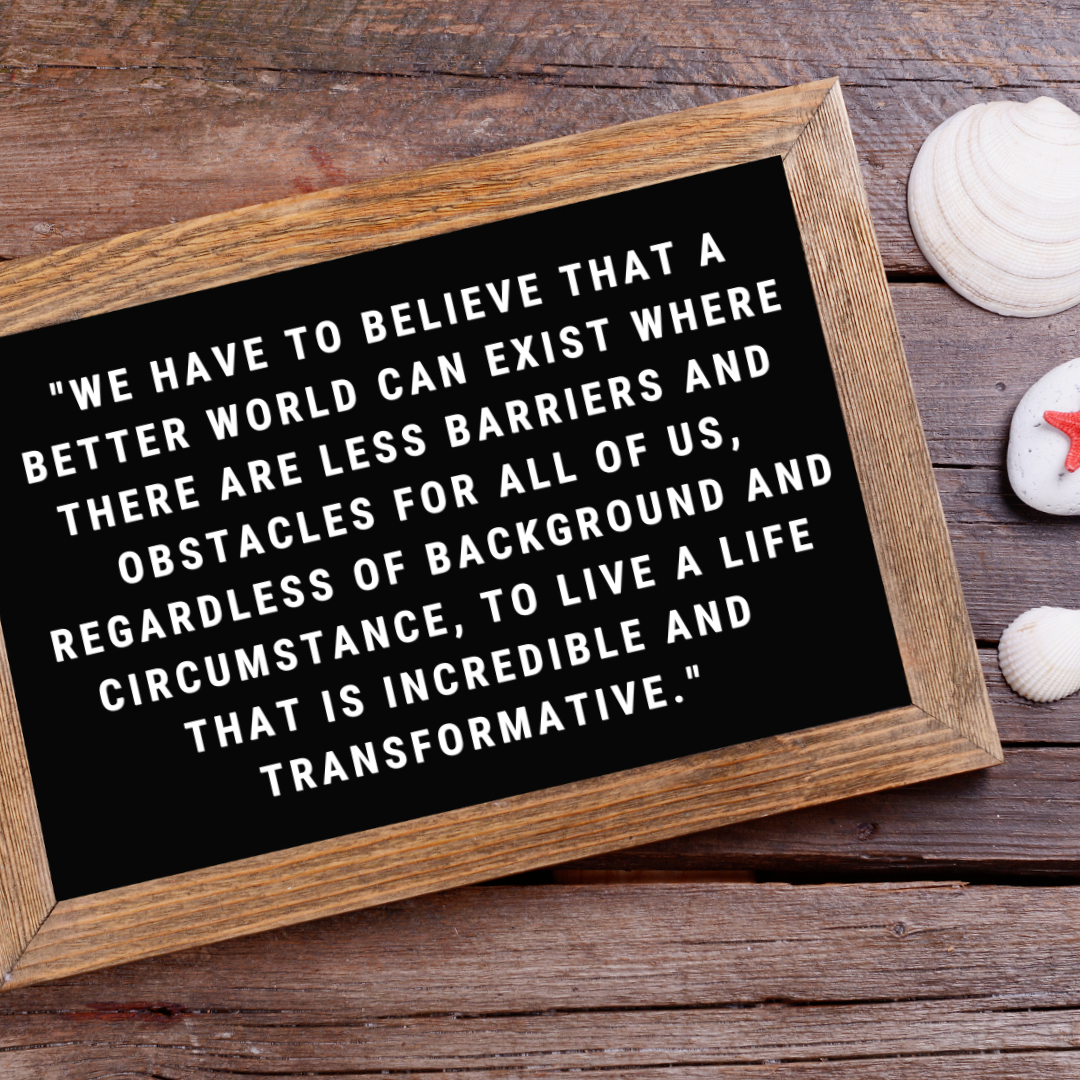

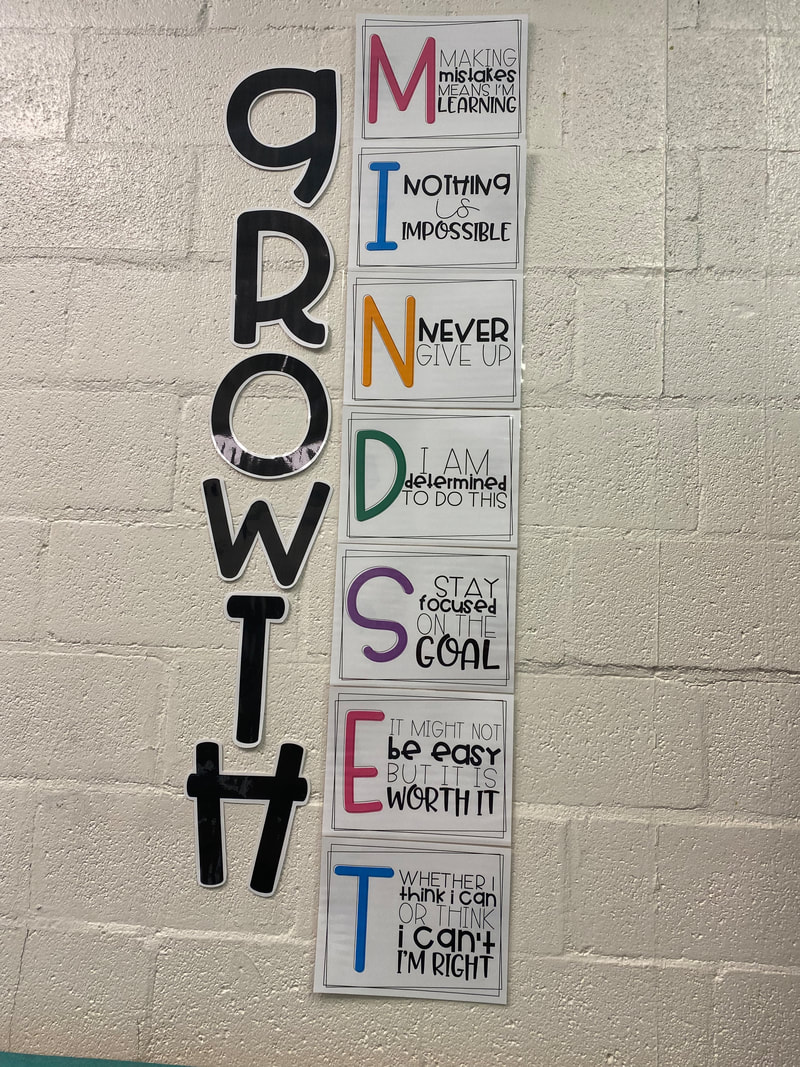
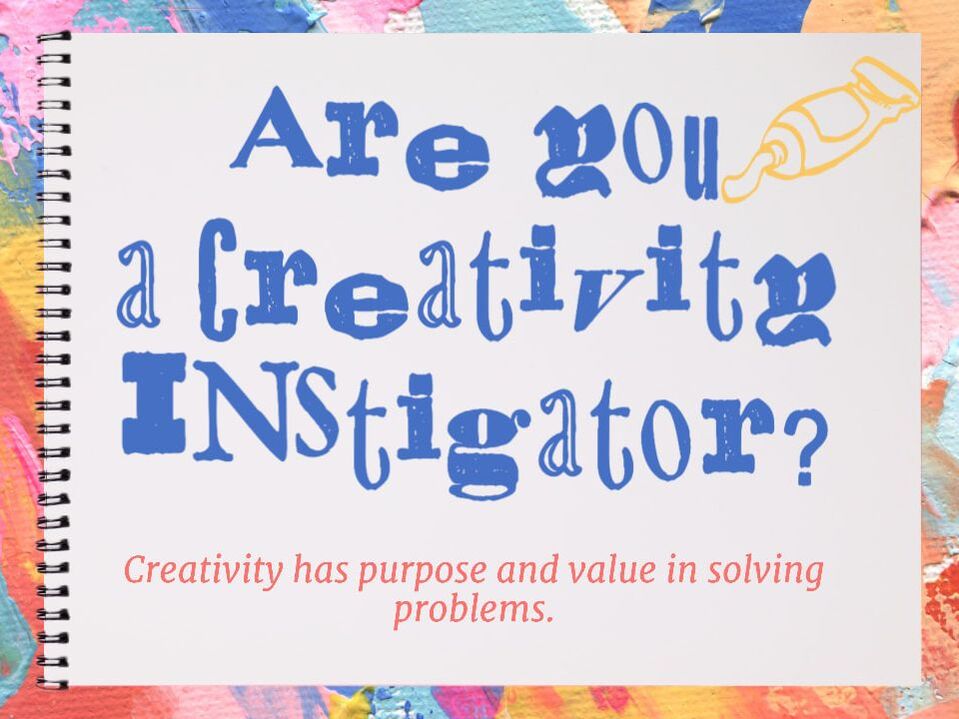
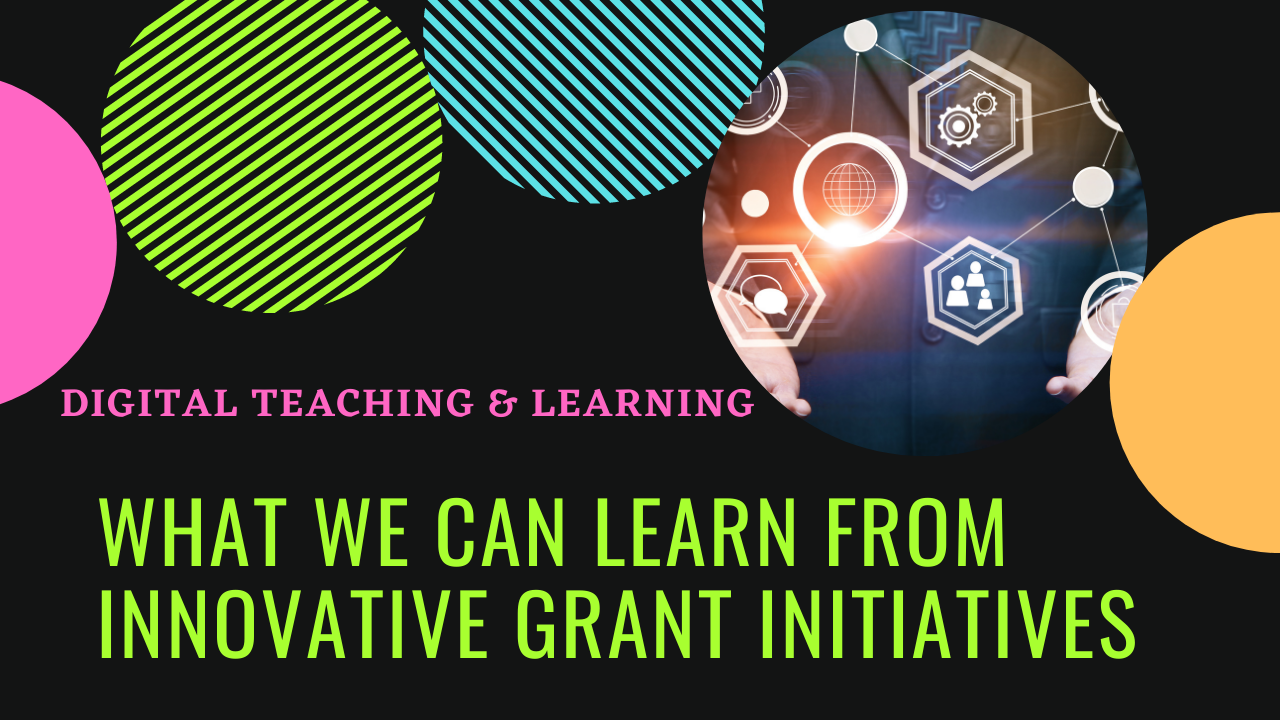
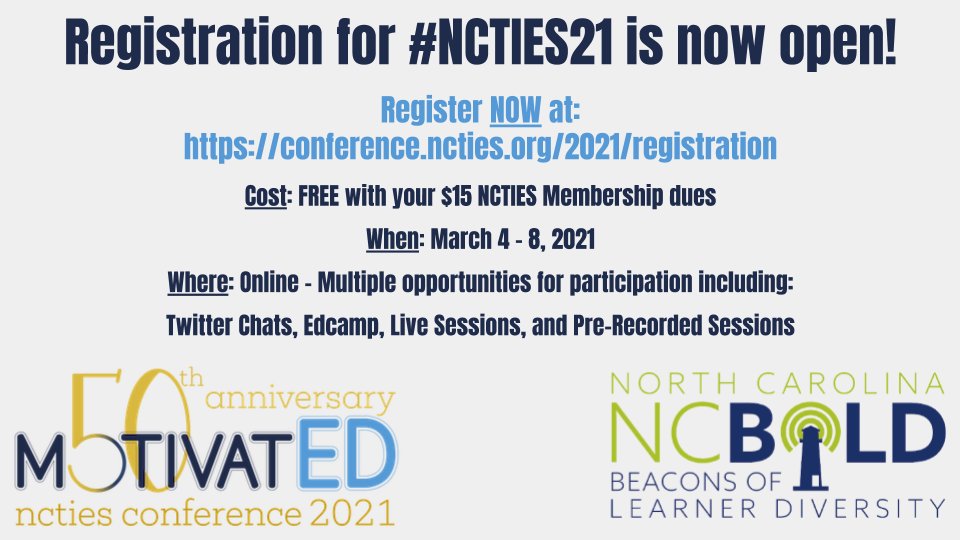
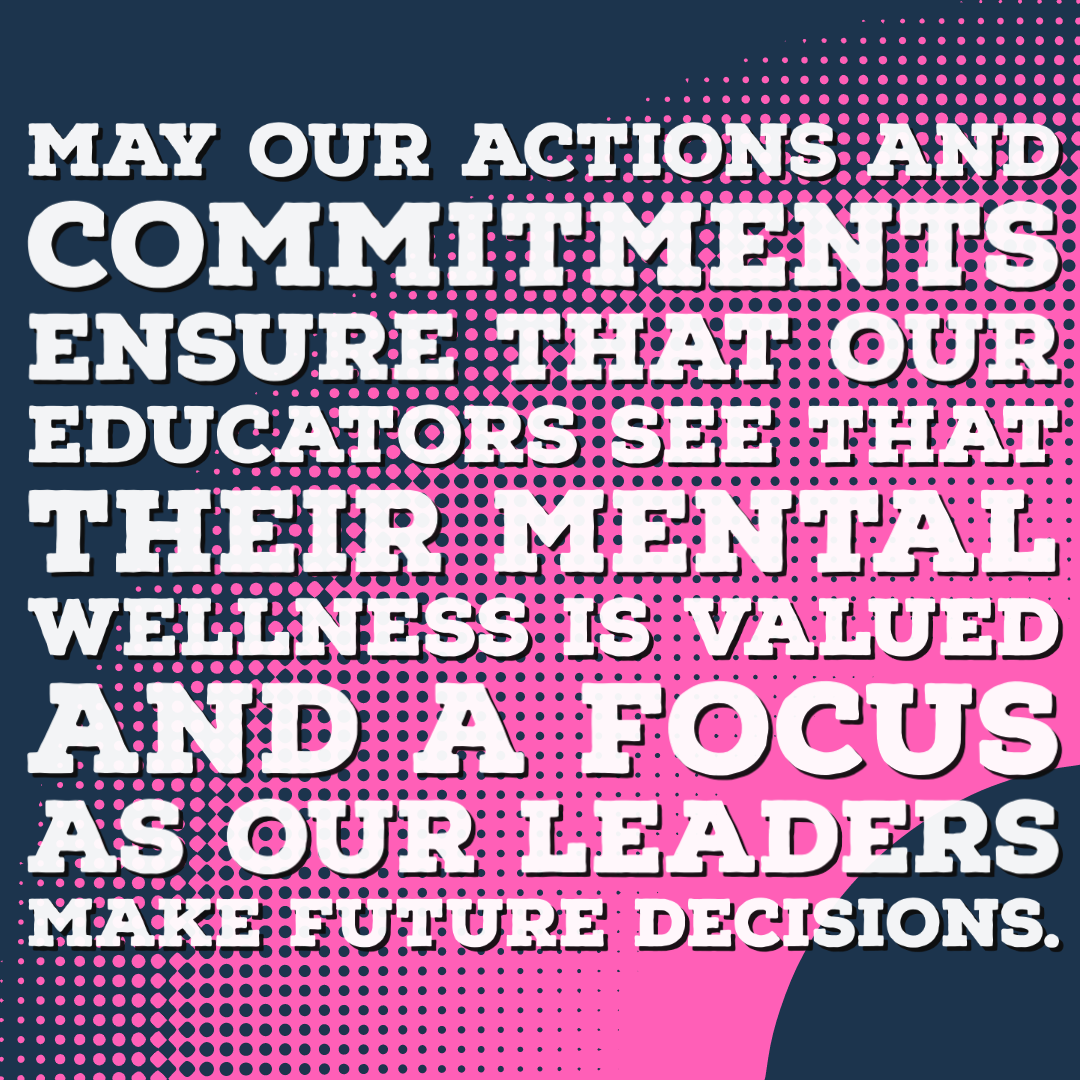
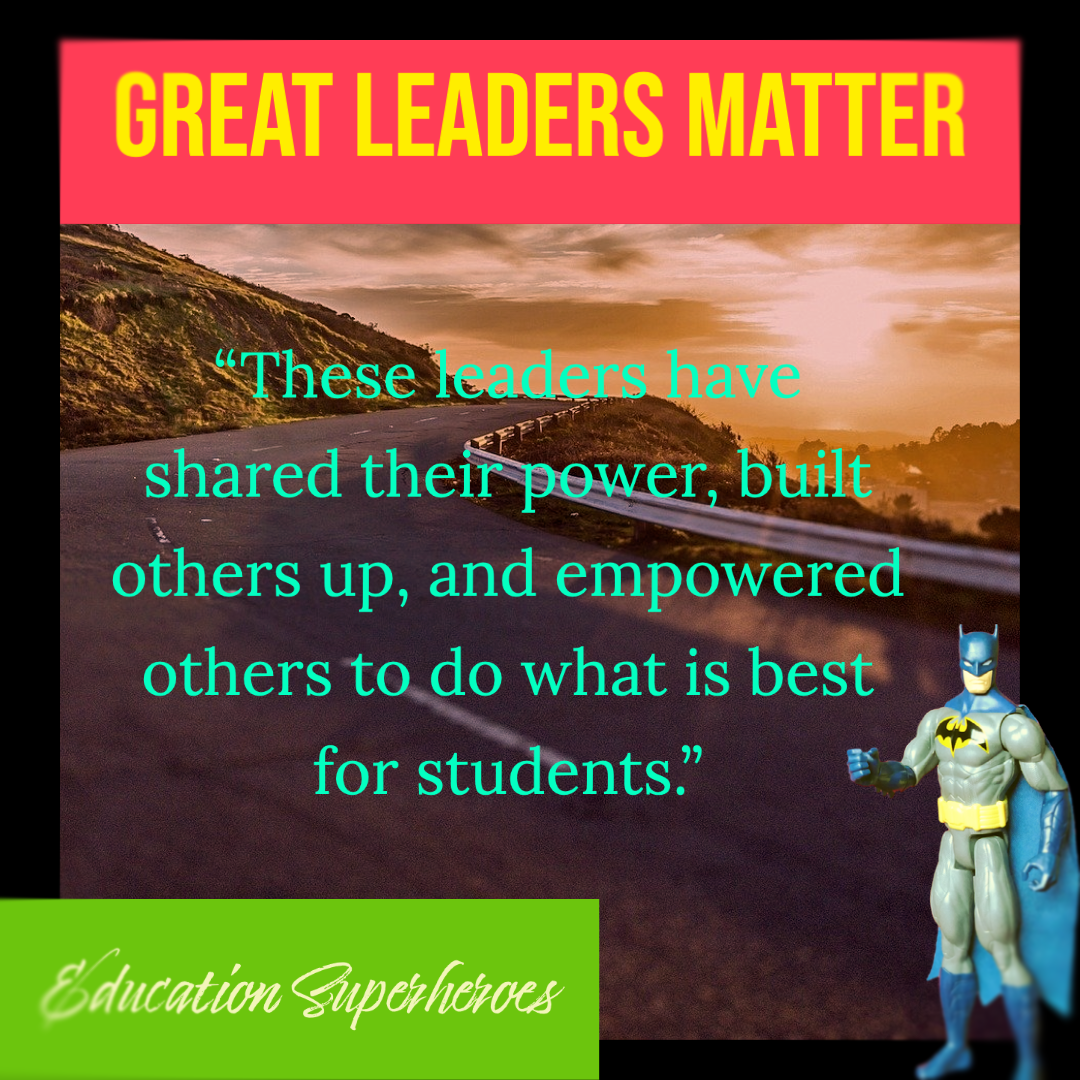
 RSS Feed
RSS Feed